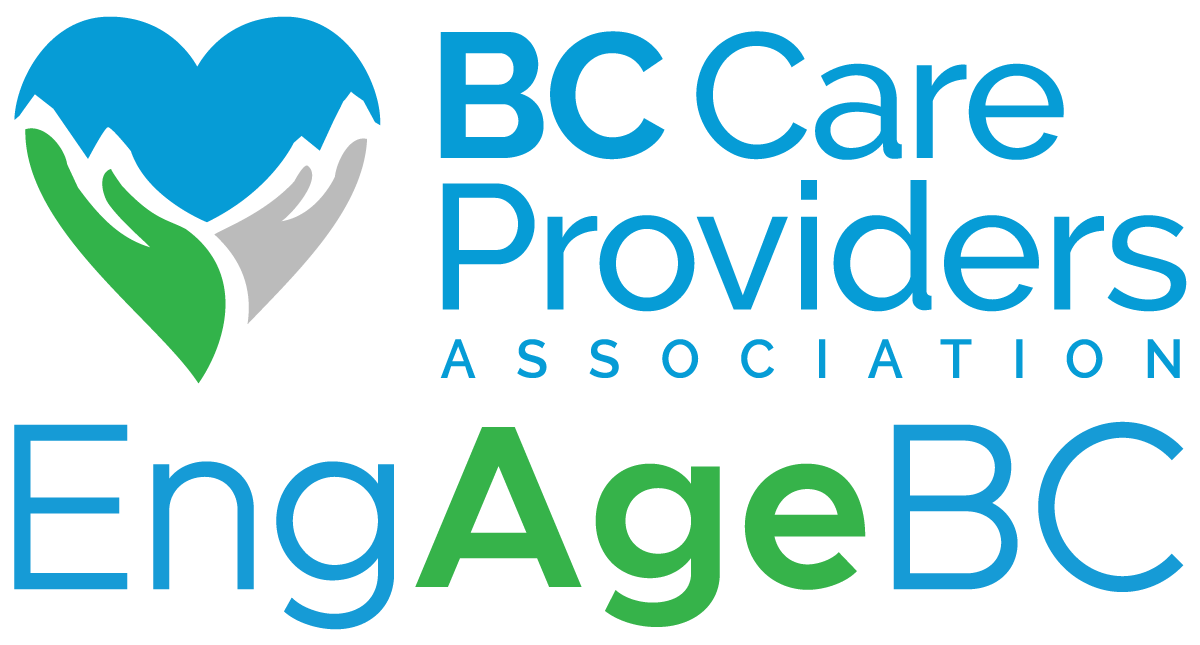Funding: Fair & Sustainable Models

The future of elder care services in B.C. depends on establishing funding models with a foundation that is fair, sustainable, transparent, and equitable. Across long-term care, home health, and assisted living, seniors care services have been historically underfunded in Canada. At its core, there is a lack of consistent funding methodology across the province for seniors’ care. To meet the growing needs of our aging population, we must rethink how these essential services are funded to ensure all seniors receive the care they need and deserve.
The number of publicly subsidized assisted living spaces in B.C. is declining, with some operators shifting to private-pay models due to unsustainable funding.
Assisted living improves residents’ quality of life and reduces strain on the healthcare system by preventing unnecessary hospitalizations and delaying transitions to complex care. Operators report that funding has not kept pace with inflation, making it difficult to cover expenses.
Without action, more operators may leave the subsidized system, threatening long-term accessibility and sustainability.
BCCPA urges the government to update the funding model to reflect market rents and rising costs, helping preserve assisted living as a vital middle option for older adults.

B.C. must modernize its long-term care funding model to ensure services remain efficient and sustainable. Operators continue to face growing financial pressures, many of which were intensified by the COVID-19 pandemic. Rising food costs, driven by inflation and further strained by the ongoing U.S.-Canada trade dispute, are particularly concerning, especially given that B.C. has historically allocated less for food than other provinces.
In 2024, then-Minister of Health Adrian Dix announced a three-phase approach to reforming the long-term care funding model. However, during the 2025 Health Budget Estimates, Minister Josie Osborne acknowledged delays due to the provincial election and leadership changes at the Ministry. While subcommittees on policy, funding accountability, and methodology have reportedly made progress, no clear timeline has been provided for when the new model will be completed or shared publicly.
BCCPA is dedicated to collaborating with the government to develop a new long-term care funding model that accurately reflects rising operational costs and guarantees seniors receive the high-quality care they deserve.
To learn more about fair and sustainable models for funding, visit our page here.
Residential Tenancy Act
Over the past year, issues have been raised with the application of the Residential Tenancy Act (RTA) on independent living due to its ambiguity. These issues have been reinforced by inconsistent decisions by the Residential Tenancy Branch (RTB), as well as a report published by the Office of the Seniors Advocate.
As part of ongoing advocacy efforts, BCCPA’s Board has established an RTA task force comprised of both not-for-profit and for-profit providers. The task force has engaged in consultations with the RTB to find an appropriate solution.
BCCPA and the RTA task force are committed to working with the provincial government to find a solution that strikes a balance that both supports operational sustainability and protects seniors.
To learn more about what we’ve been doing on this issue, view our independent living newsletters:

Health Human Resources

One of the biggest challenges impacting the seniors care sector is current staffing shortages. While a strong workforce is essential to delivering high-quality care to seniors, the sector faces challenges in both attracting and retaining talent. According to WorkBC, the seniors’ care sector will be more than 33,000 workers over the next 10 years. Yet, current numbers aren’t meeting the needs of today.
To strengthen health human resources in the sector, BCCPA calls for a “Team BC” approach, particularly a workforce that is robust, well-trained and well-supported, to address these workforce challenges.
Read BCCPA’s full Call for Action and advocacy for improving health human resources in the sector here.


